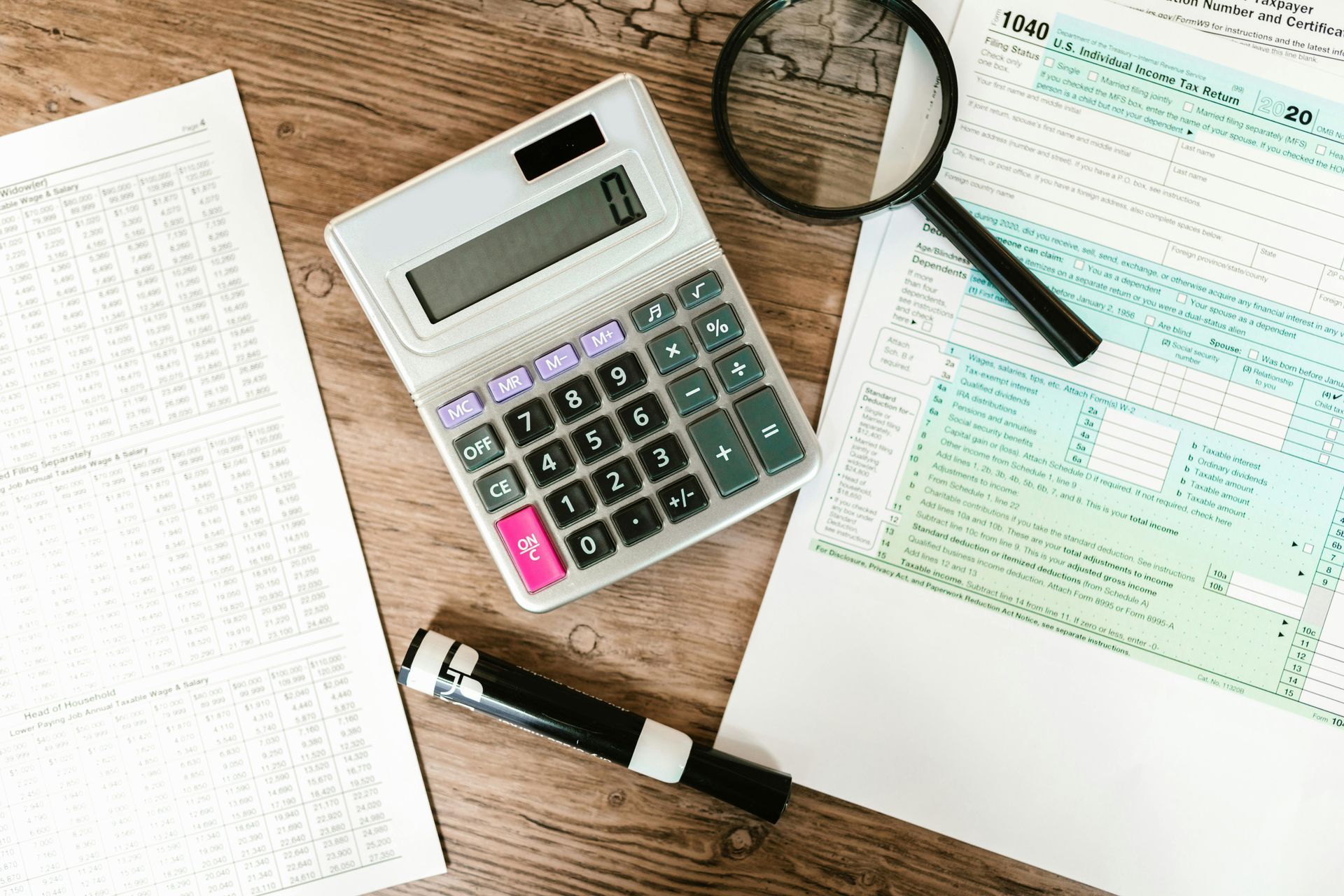The Evolution of California's Motion Picture Industry Wage Order

California Wage Order 12 holds a significant place in the landscape of labor regulations within the motion picture industry. This specialized wage order, which pertains specifically to the motion picture industry, has a complex history rooted in the broader framework of California labor laws. Understanding its evolution is crucial for anyone working in the entertainment payroll or labor industry who strives to navigate the intricacies of non-union payroll within this dynamic sector.
Origins of Wage Order 12
The origins of California Wage Order 12 are rooted in the early 1900s, a time when the motion picture industry was experiencing swift and significant growth. The rapid growth of the industry necessitated the establishment of specialized labor laws to cater to the distinct working environments encountered by crew members in this domain. Initially, the industry was governed by general labor codes, but it quickly became evident that a tailored approach was required to address the distinct challenges and requirements of motion picture production.
Evolution Through the Decades
In the 1940s, as unionization within the motion picture industry gained momentum, the need for a specialized wage order became even more pronounced. The influence of powerful unions such as the Screen Actors Guild (SAG) and the International Alliance of Theatrical Stage Employees (IATSE) played a pivotal role in shaping labor management. These unions advocated for more specific protections and regulations that would ensure fair treatment and compensation for their members.
The California Industrial Welfare Commission (IWC) responded by developing Wage Order 12, which laid down specific guidelines for wages, hours, and working conditions within the motion picture industry. This included provisions for meal and rest (break) periods, overtime compensation, and minimum wage requirements tailored to the unique needs of the industry.
Key Provisions and Amendments
Over the years, Wage Order 12 has undergone several amendments to stay aligned with evolving labor standards and industry practices. Notable amendments include the introduction of stricter overtime regulations, enhanced safety measures, and comprehensive guidelines for non-union productions. These amendments reflect the ongoing efforts to protect workers' rights while accommodating the dynamic nature of the motion picture industry.
Impact on Independent Productions and Non-Union Workers
Independent film producers and non-union workers often face unique challenges in complying with Wage Order 12. The complexities of the order necessitate a thorough understanding of its provisions to avoid potential legal complications. For producers, this means ensuring that payroll practices align with the detailed requirements set forth in the order, including proper classification of employees and adherence to wage and hour regulations.
For non-union workers, Wage Order 12 provides a crucial framework that safeguards their rights in an industry where union membership may not be prevalent. It establishes baseline standards that ensure fair treatment and compensation, thus leveling the playing field for all workers within the motion picture sector.
The history of California Wage Order 12 is a testament to the state's commitment to protecting workers in one of its most iconic industries. Its evolution reflects the broader trends in labor relations and the ongoing efforts to balance industry demands with workers' rights. For those navigating the complexities of payroll and labor relations in the motion picture industry, a deep understanding of Wage Order 12 is indispensable.
By mastering the intricacies of this specialized wage order, independent film producers, studio finance executives, and film production accountants can ensure compliance, avoid legal pitfalls, and foster a fair and equitable working environment for all employees.









